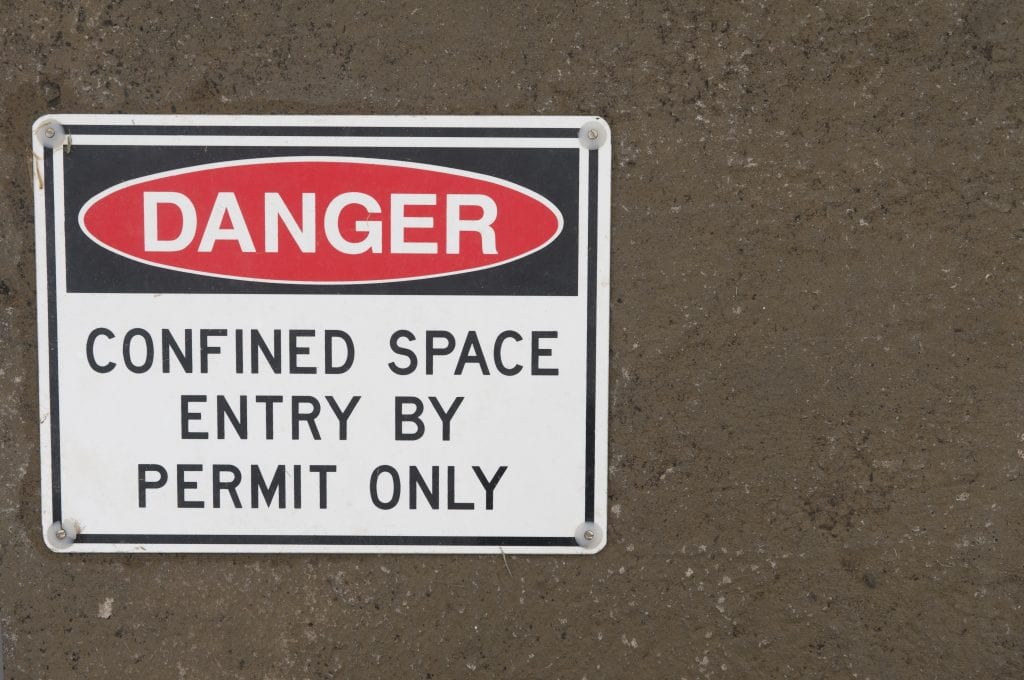Introduction:
Ships are full of confined/enclosed spaces ranging from chain lockers, fresh water tanks, cofferdams, cargo holds, double bottoms and more. All of these spaces have proved to be death traps for crew members unaware of the presence of oxygen depletion or toxic fumes. The on-going tragedy is that despite concentrated efforts by both industry and the IMO to raise awareness of the problem, confined space deaths continue to occur on a regular basis. This Risk Bulletin is therefore intended to provide a focus on this tragic and unnecessary waste of life and how it can be stopped.
Background:
The terms ‘Confined Space’ and ‘Enclosed Space’ are essentially the same with the term ‘Enclosed Space’ being elected for marine industry use by the IMO. The IMO’s Resolution A.1050(27) defines ‘enclosed spaces’ as those with “limited openings for entry and exit, unfavourable natural ventilation and not designed for continuous worker occupancy”.
The dangers that relate to Enclosed Spaces stem primarily from oxygen depletion caused by steel work corrosion and/or cargo that may consume oxygen and/or generate flammable, toxic or corrosive gases. Oxygen depletion and many gases cannot be detected either visually or by smell. As such, they represent a real and deadly threat to a ship’s crew.
The facts of the majority of Enclosed Space incidents have become horrifically repetitive. A crew member enters a confined space without following recommended procedures. He then collapses from either lack of oxygen or toxic fumes. The collapsed crew member is then spotted by a second crew member who, without taking any precautions, attempts a rescue and he/she also collapses. Worse, it is not unknown for up to three or four other crew members to follow in a misguided panic to save their colleagues. They are quickly overcome in the same way. Ultimately, common sense prevails. An emergency party, with the correct rescue equipment, is then mustered and it carries out a controlled rescue. However, in many cases this turns out to be the recovery of multiple fatalities. How can such terrible outcomes be prevented?
IMO Recommendations, Resolutions and Regulation
In recognition of the seriousness of the risks posed by enclosed space entry, the IMO have issued a number of Resolutions and Circulars which contain both recommendatory and compulsory provisions. They include:
IMO Resolution A.1050(27), Revised Recommendations for Entering Enclosed Spaces Aboard Ships, includes the following preamble:
“The objective of these recommendations is to encourage the adoption of safety procedures aimed at preventing casualties to ships’ personnel entering enclosed spaces where there may be an oxygen-deficient, oxygen-enriched, flammable and/or toxic atmosphere.”
Towards meeting this objective, Res A.1050(27) contains advice on assessment of risk, testing of atmospheres and precautions during entry. It then covers hazards related to specific types of cargo, including oxygen depleting cargoes and materials. The annex also contains a useful example of an enclosed space entry permit.
Resolution MSC.350(92), Amendments to SOLAS, makes it compulsory for crew members who may become involved with enclosed space entry or rescue to participate in enclosed space entry and rescue drills at least once every two months. It also mandates the content of such drills as well as the necessity to record their completion in the ship’s log.
MSC.1/Circ.1485 SOLAS, Regulation XI-1/7 on Atmosphere Testing Instruments for Enclosed Spaces, makes it mandatory for ships to carry at least one four-gas instrument capable of measuring the concentrations of oxygen, flammable gases or vapours, hydrogen sulphide and carbon monoxide, prior to entry into enclosed spaces.
The ISM Code, Permits to Work and the Code of Safe Working Practices
The ISM Code does not make a specific reference to enclosed space entry and rescue requirements. However, the Code requires that a ship must have a Safety Management System (SMS) which provides detailed procedures to ensure the safe operation of the ship and a safe place of work. It follows that one element of these procedures must be dedicated to enclosed space entry, atmosphere testing and rescue.
The IMO Guidelines and Regulations relating to enclosed space entry provide the basis of the SMS procedures which are required to be implemented on board. These publications are updated from time to time and it is important that MM members ensure their SMS procedures are amended accordingly.
The successful application of SMS enclosed space procedures lies with the associated usage of Permits to Work and Tool Box Meetings immediately before any high-risk work begins. The details of these essential processes are contained in the Code of Safe Working Practices for Merchant Seafarers (as amended to October 2018) at Chapter 14, Permits to Work, and Chapter 15, Entry into Enclosed Spaces.
Use of Warning Signs
One of the simplest and most effective reminders to crew and all other parties of the dangers of enclosed space entry is the use of high visibility signage. An example appears at the top of this Risk Bulletin and many others are available. For a cost of about USD 5.00 or less, an enclosed space access point can be labelled with a clear warning and a reminder that a Permit to Work is required to entitle entry. This is a cheap investment which can provide a potentially huge return.
CONCLUSION AND TAKEAWAY
In summary, it can be seen that the enclosed space entry problem has not gone away such that more work and attention is required to bring this problem to an end. The upside it that the regulatory tools and guidelines have already been provided by the IMO and industry to accomplish this goal. The downside is that the tools and guidelines have not yet been implemented to the degree necessary to make the process of safe enclosed space entry instinctive.
What seems to be required is more education, more training and more motivation from top to bottom. MM members, their ship managers and masters are therefore invited to accomplish the following:
- Read through and better understand the content of the relevant IMO Resolutions and Guidelines together with the Code of Safe Working Practices.
- Ensure that the meaning and intent of the relevant Resolutions, Guidelines and Code are reflected in every ship’s SMS Manual procedures.
- Identify and list every enclosed space on board every ship and incorporate this list into the SMS Manual procedures.
- Label each enclosed space access port or hatch with high visibility warning signage in both English and the working language of the crew.
- Heighten awareness of enclosed space dangers and precautions during shipboard safety meetings and as an integral part of every new crew member’s ship safety familiarisation process.
None of the recommended steps to improving the safety of life have any cost apart from the application of focus together with the time and effort to review and improve existing ISM Code procedures and their shipboard application. MM therefore hope that this Risk Bulletin will generate interest in accomplishing this worthy task to the ultimate benefit of their members and all concerned.


